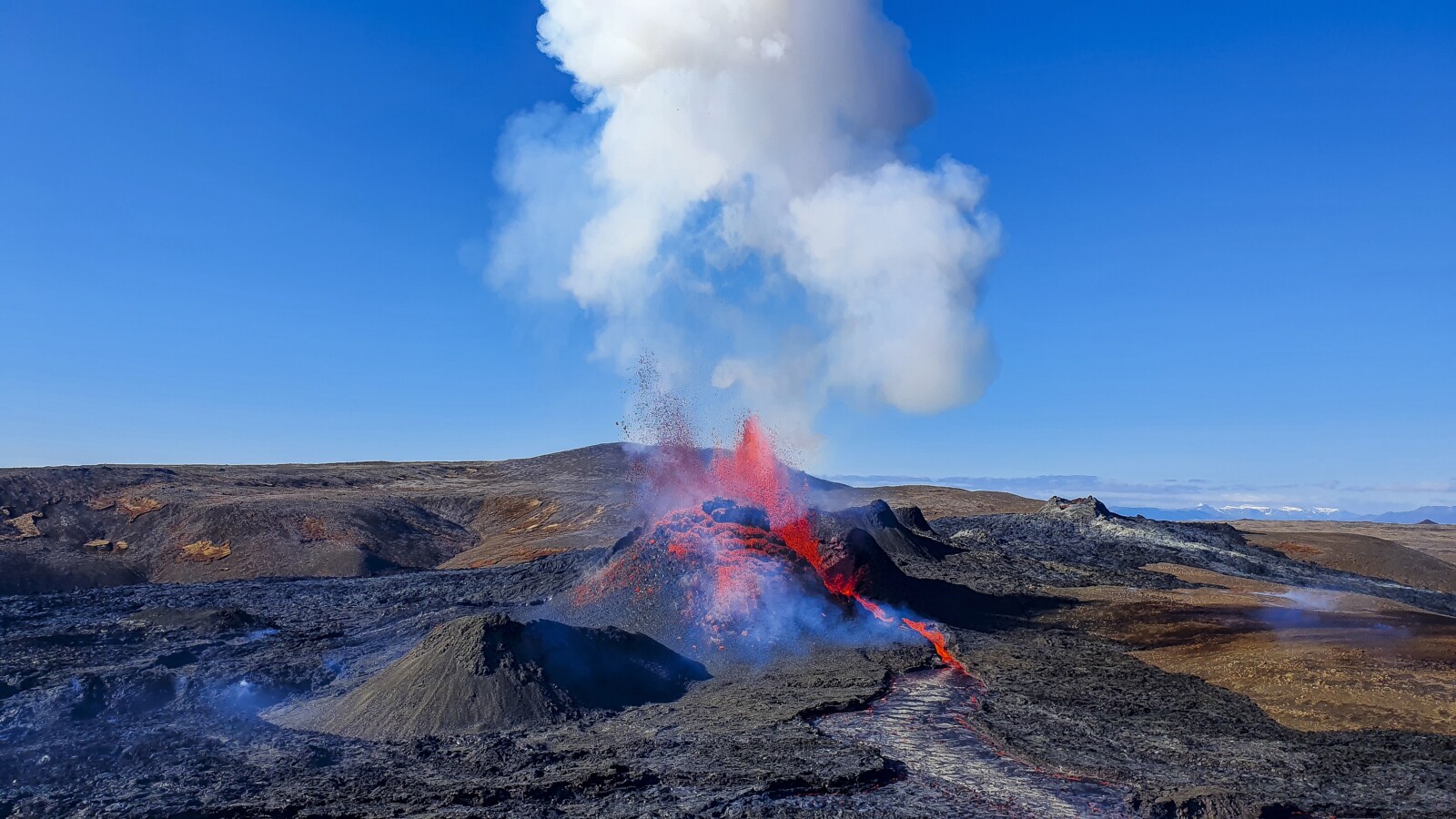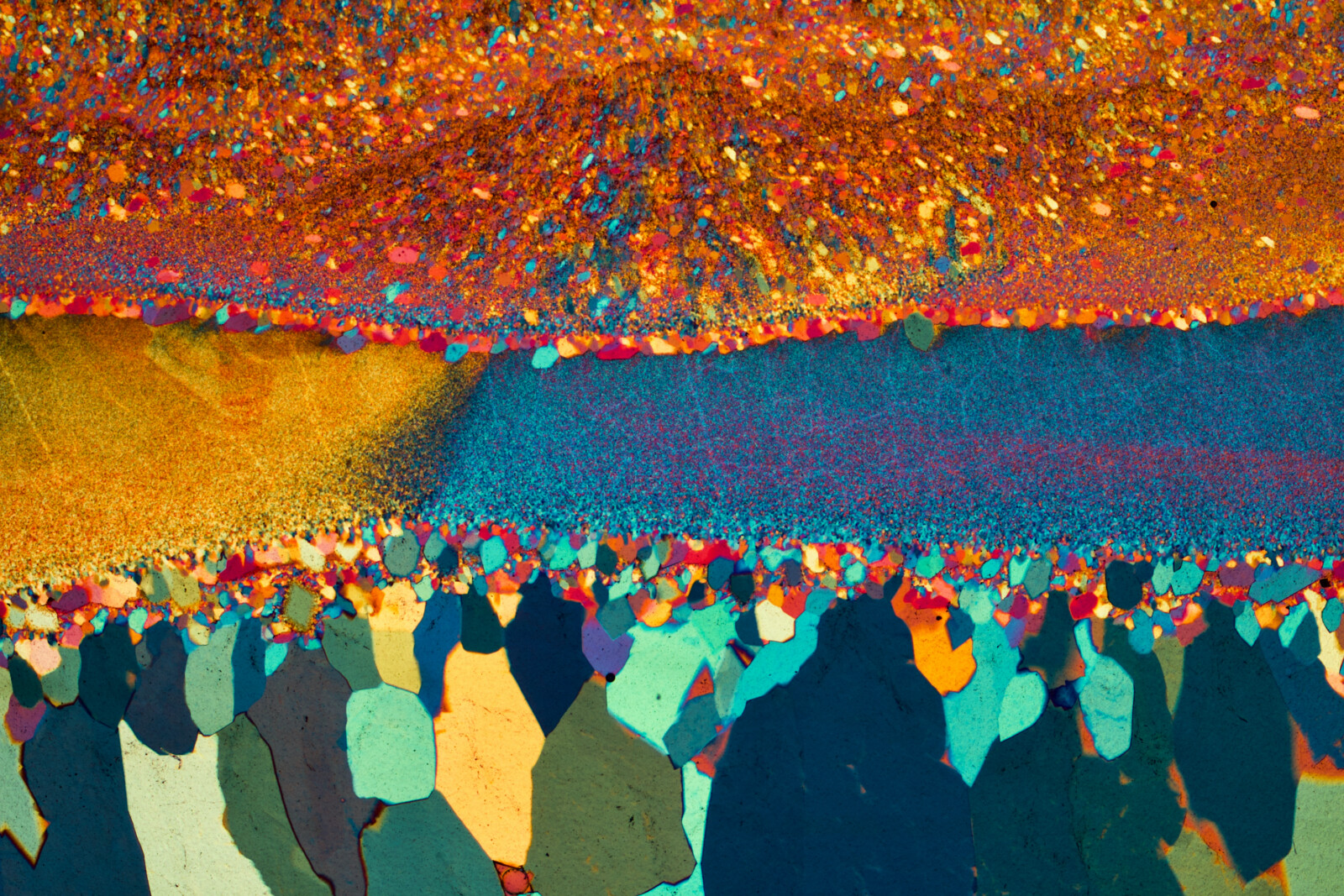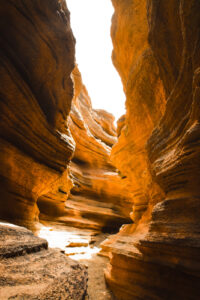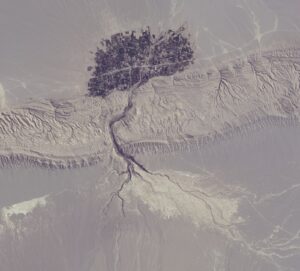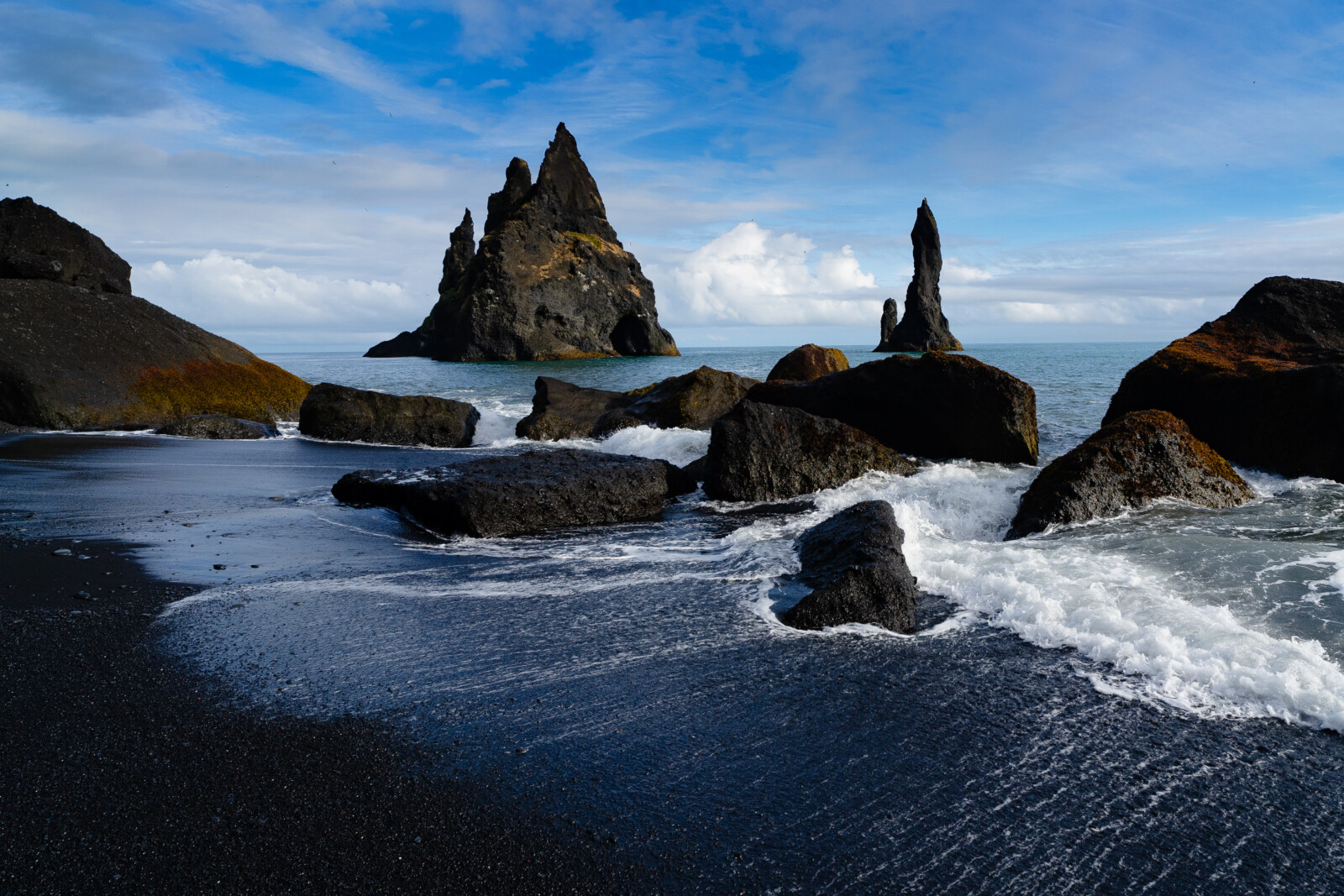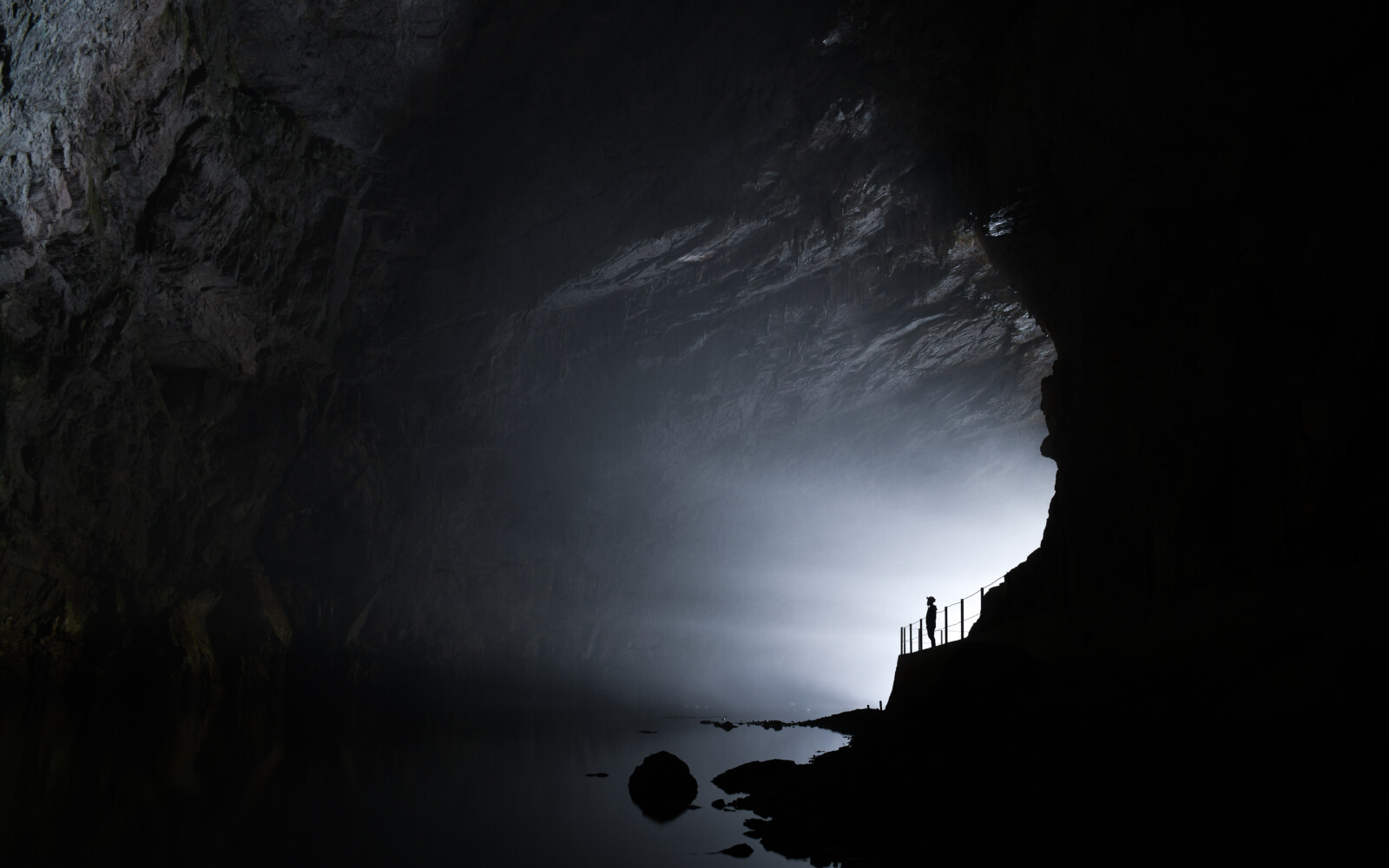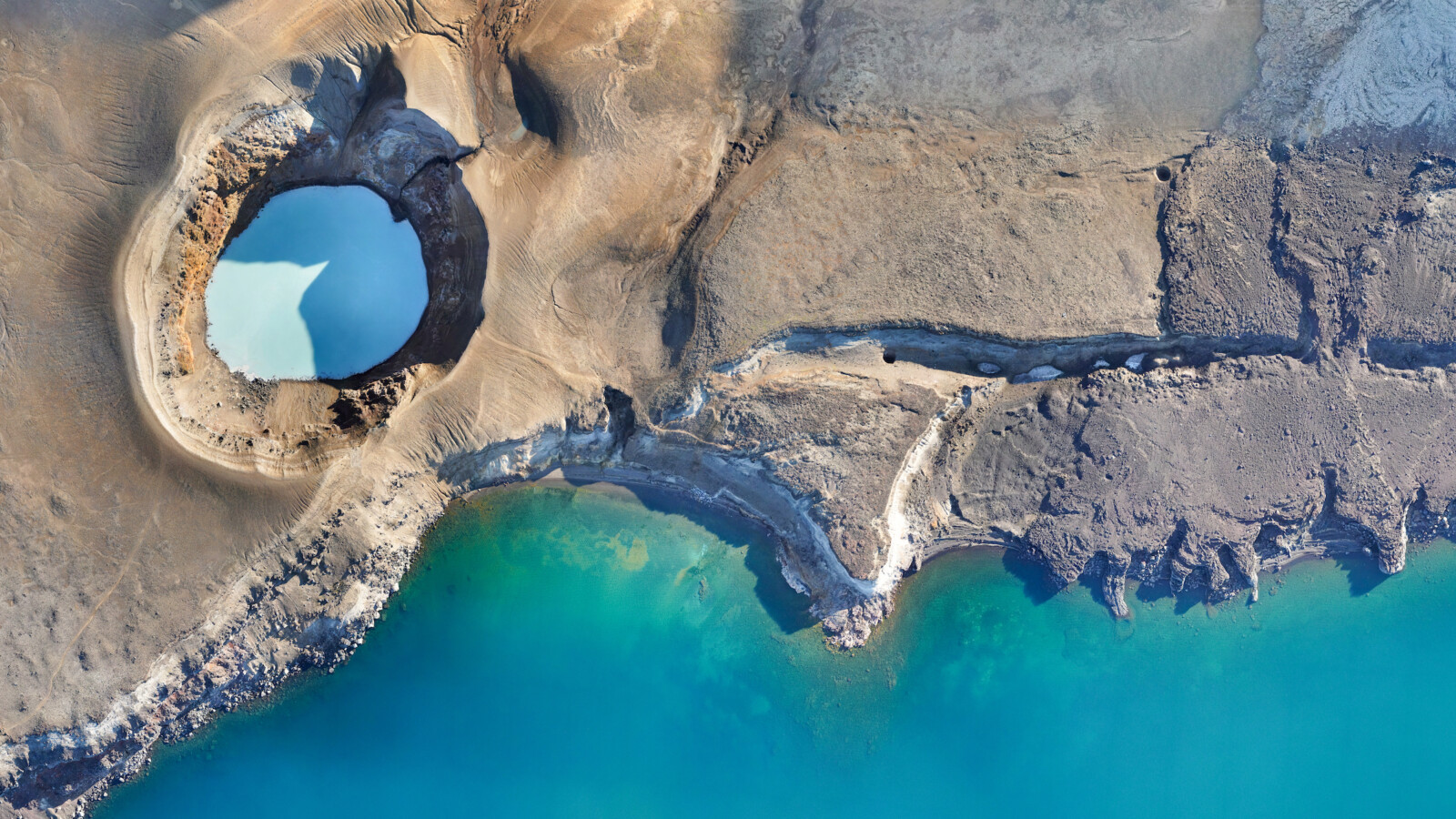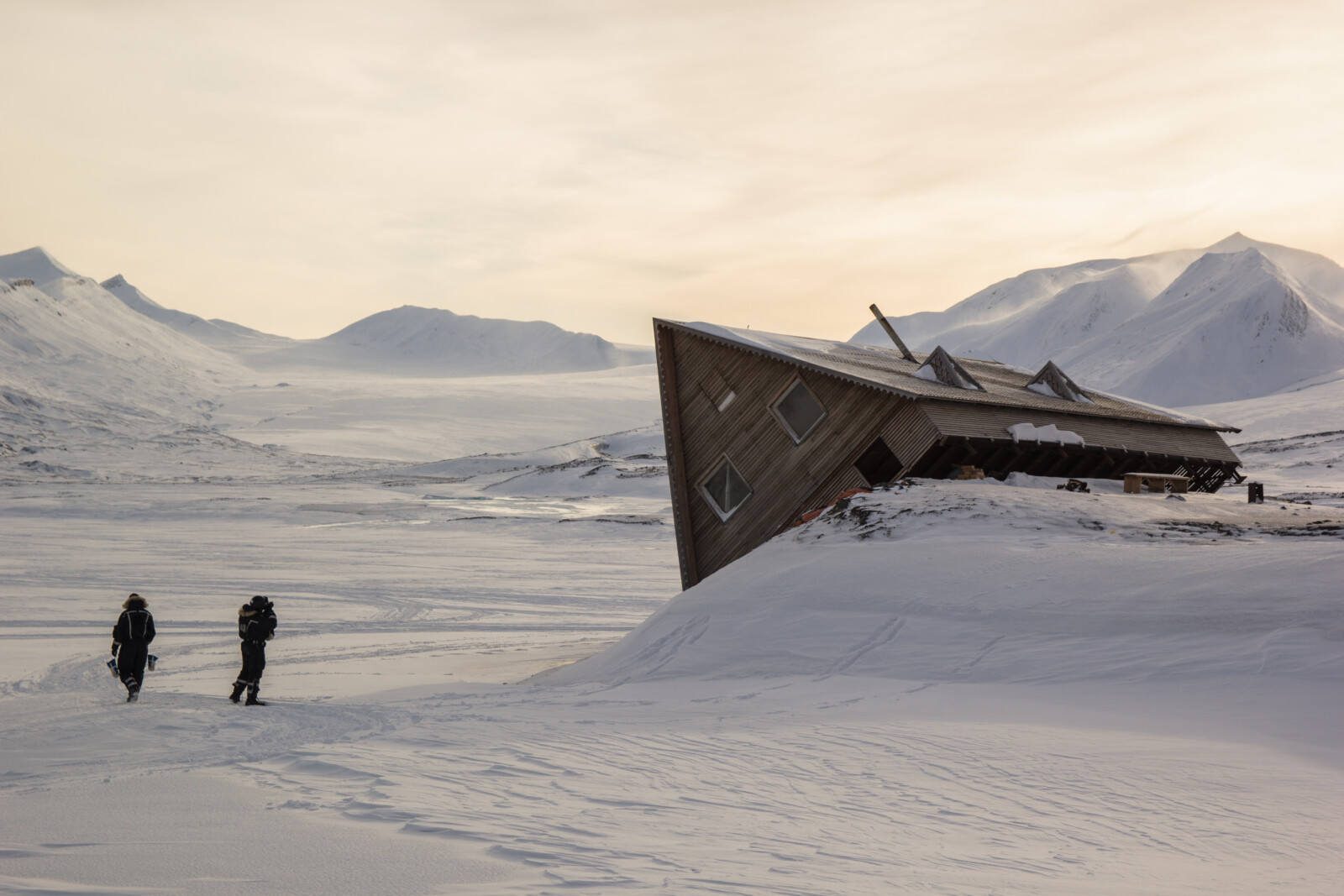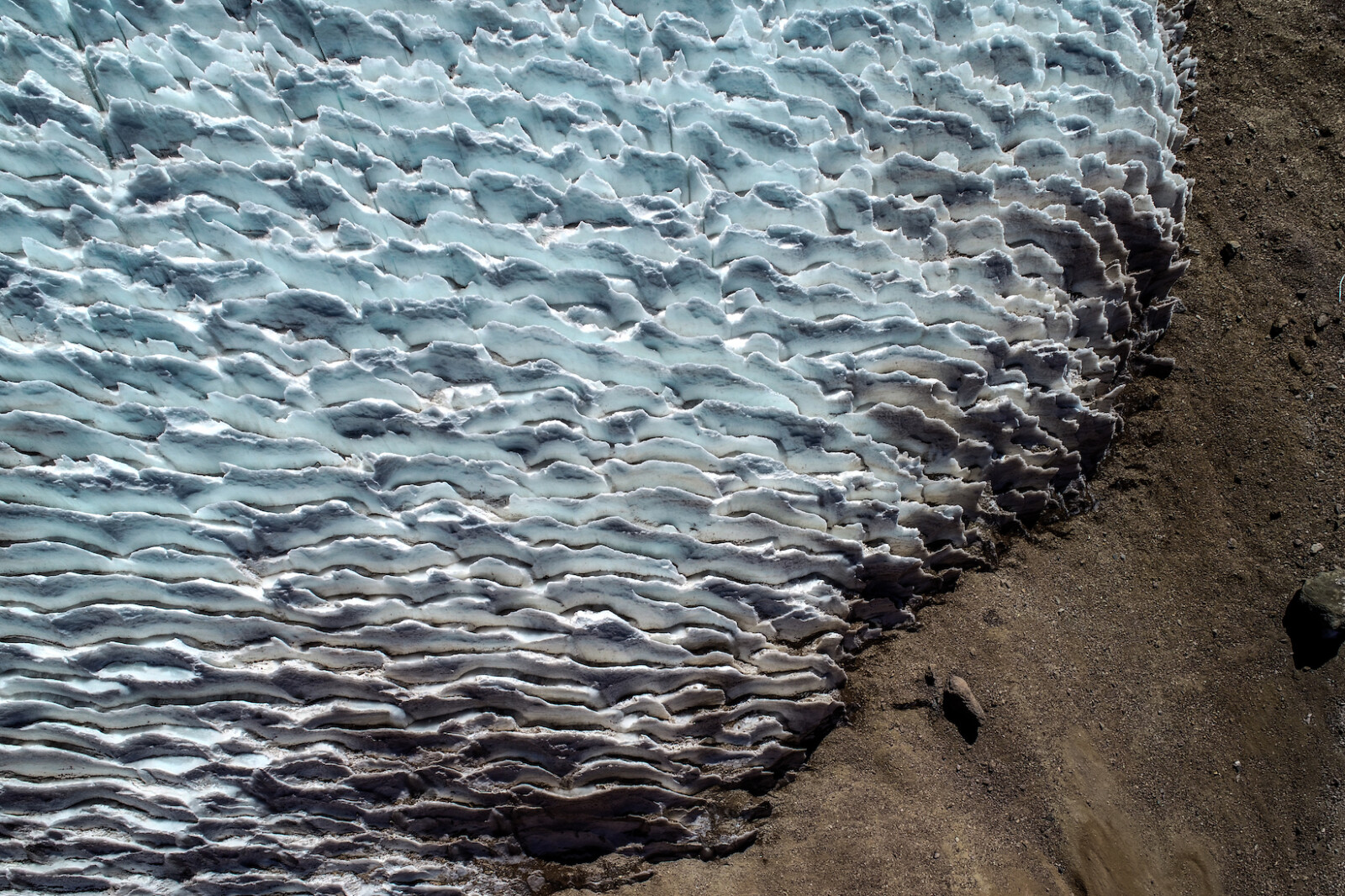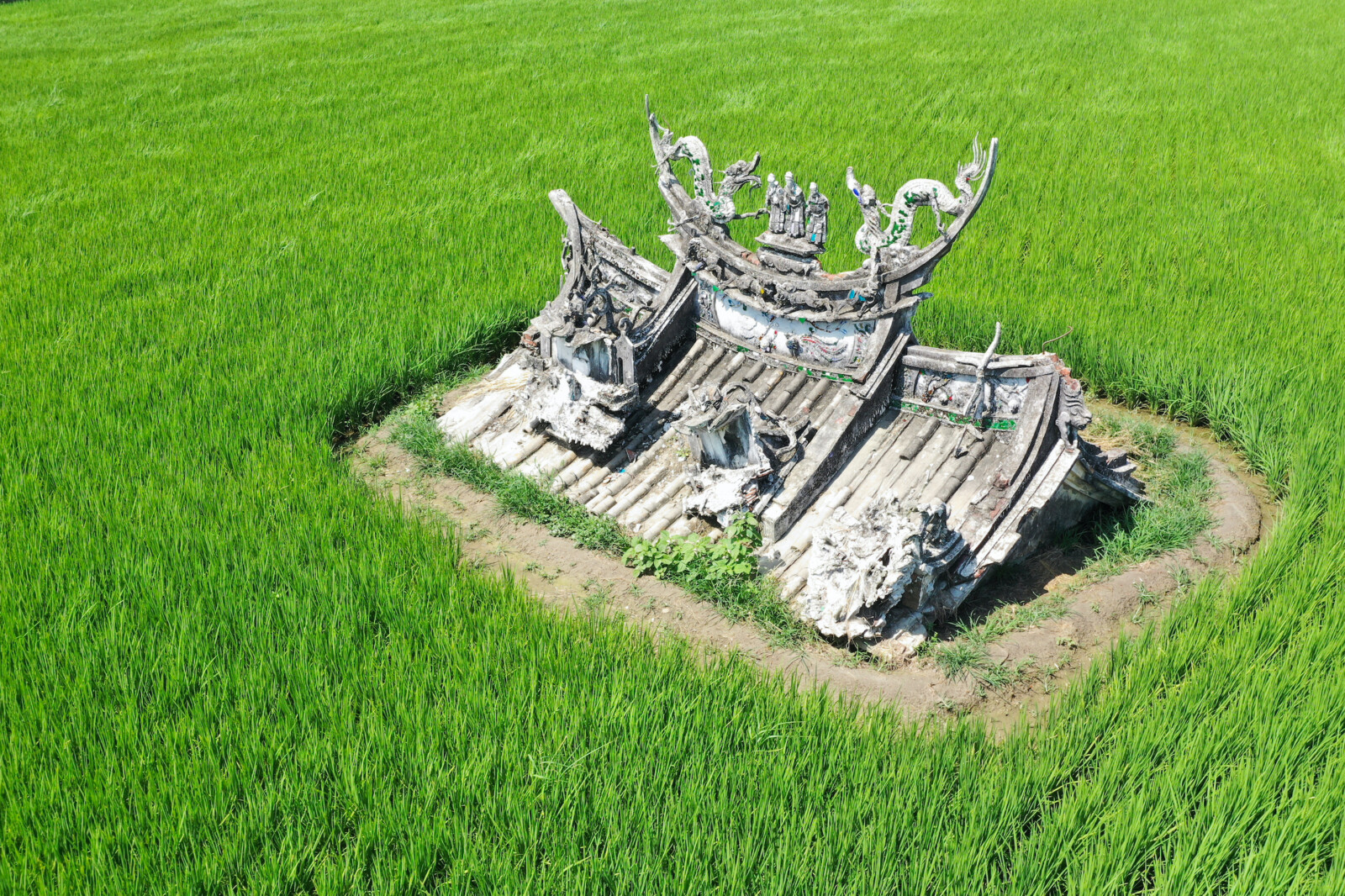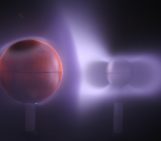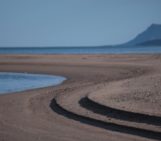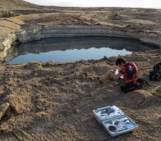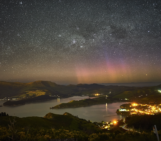
This year’s Photo Competition judging panel did a fantastic job of narrowing down the outstanding photo submissions to the EGU’s Photo Competition to just 10 finalists! The finalist photos are listed below and on the Imaggeo website where you can vote for them from Sunday 14 April until Thursday, 18 April 2024 – voting closes at 18:00 CEST.
The three photos with the most votes will be announced online at midday on Friday 19 April!
Our Top 10 Finalists:
(in alphabetical order of the photographer)
Connection to the deep crust by Alberto Caracciolo
The 2021 Fagradalsfjall volcanic eruption was the first one in the area after approximately 800 years. The photo captures the fire-fountaining phase of this eruption, during which geochemistry and petrology studies show that magma was flushed out from the base of the crust to the surface, thanks to a direct connection with the deep reservoir. During this phase, the volcano emitted high fountains of lava and tephra material, showering the vicinity of the crater.
Polarized light photomicrograph of a thin section of Brazilian agate by Bernardo Cesare
This image is called ‘The Concert’. Agate is made of microcrystalline fibrous quartz, called chalcedony, and provides eye-catching photomicrographs because of the fine layering and radial textures it often displays. I had this thin section made from a small agate slab collected at a friend’s shop. I was attracted by the unusual look for an agate: a milky white diaphanous banding and a top layer of purple amethyst. A real beauty!
Under the microscope, an extremely fine-grained, unique texture came out from the milky layers of this agate, which is one of my most photogenic rocks. We can appreciate the fine grain-size in the central and top parts of the photo, as opposed to the coarser crystals in the lower band. In the latter, the parallel vertical alignment of some crystals recalls a crowd facing a stage (The Concert) or a beach. The grain size of the chalcedony crystals – about 10 µm – makes this specimen particularly challenging in terms of focus, because light passes through an aggregate with more grains on top of each other, that create an unavoidable blurry effect. Width of view: 5,3 mm.
Las Grietas: Miniature Canyons of Lanzarote by Harald Crepaz
Las Grietas, a fascinating geological feature on Lanzarote, owes its origin to volcanic activity. Located between Tias and San Bartolomé, these narrow cracks in the cliff-side formed when the volcanic plates of Montaña Blanca fractured and cooled gradually. Walking through Las Grietas feels like strolling through a miniature version of famous canyons like Antelope Canyon in Arizona or the Grand Canyon.
Satellite image of the tree-like village by Mohammad Goudarzi
Keshit village in Kerman province, Iran, which looks a lot like a tree in satellite images.
Reynisdrangar basalt sentinels by Francesco Ioli
The Reynisdrangar basalt stacks rise dramatically out of the sea in front of the black volcanic sands of Reynisfjara beach, below Reynisfjall, a 340 m high tuff mountain formed by a volcanic eruption under a glacier in the penultimate ice age near the village of Vik, Iceland. The Reynisdrangar stacks are a collection of 66m high rocks from the same geological formation as Reynisfjall. Legend has it that the stacks were created when two trolls dragged a three-masted ship ashore unsuccessfully, and when daylight broke they became needles of rock.
Hello darkness, my old friend by Blaz Kogovsek
Observe the flow of the river Unica that comes out of the darkness.
Volcano-tectonic interaction by Nicolas Oestreicher
The early morning sun highlights the topography at the Viti crater, situated next to the Öskjuvatn Lake, Iceland. Geologists measured ground displacement by flying a drone over the lake shores every few years and comparing the changes between successive 3D surface models. We see here a detail of the 2023 orthophoto, generated with >11’000 photos of a Wingtra One GenII drone. While the Viti crater was formed in 1875 and contains acidic (pH 2) and warm (28°C) water, the Öskjuvatn Lake is neutral and cold, explaining the colour change. The Viti crater is about 190 m in diameter for scale.
Permafrost melt and glacial retreat outpacing human expectations by Stan Schouten
This symbolic small cabin stood precariously on a relic of the Gronfjordbreen glacier, Svalbard. As with many other glaciers the Gronfjordbreen, is melting quickly in our changing world. With rising waters in its proglacial lake the moraine underneath the cabin collapsed soon after the cabins’ completion.
The tale of the fallen cabin is not one of despair, but a stark message etched in the relentless landscape. Nature’s timetable is not ours to dictate, and the consequences of underestimating the speed at which our climate is changing can be swift and unforgiving. It is a comic reminder of humanity’s struggle to grasp the true pace of a changing planet. This picture was taken during a geology fieldwork course at UNIS, Svalbard.
Penitentes’ labyrinth by Sebastian Vivero
The Penitentes of Tapado Glacier, Dry Andes of Chile. On low-latitude glaciers and snowfields, penitentes are spear-like shapes made of snow or ice, ranging in size from centimetres to meters. Their name came from the similitude of a field of religious orders doing penance during Spanish Holy Week (Penitentes).
Temple in floodplain by CiJian Yang
In southwest Taiwan
On the plains, rivers meandering,
Water for rice fields, livelihoods growing.
Centers of faith, where beliefs are sown,
Yet harbours disasters, villages to disown.
The old temple stands alone,
Faith and deities disappeared.
Outside embankment, in floodplain,
Buried in soil, its legacy retains.

